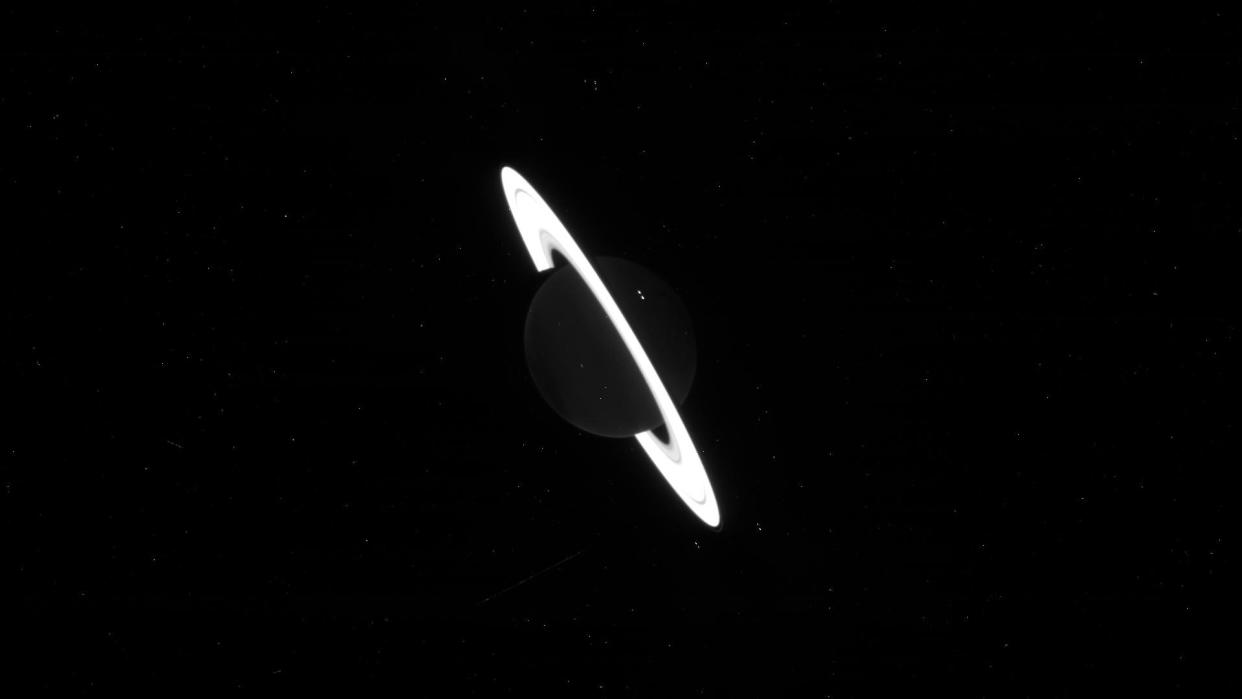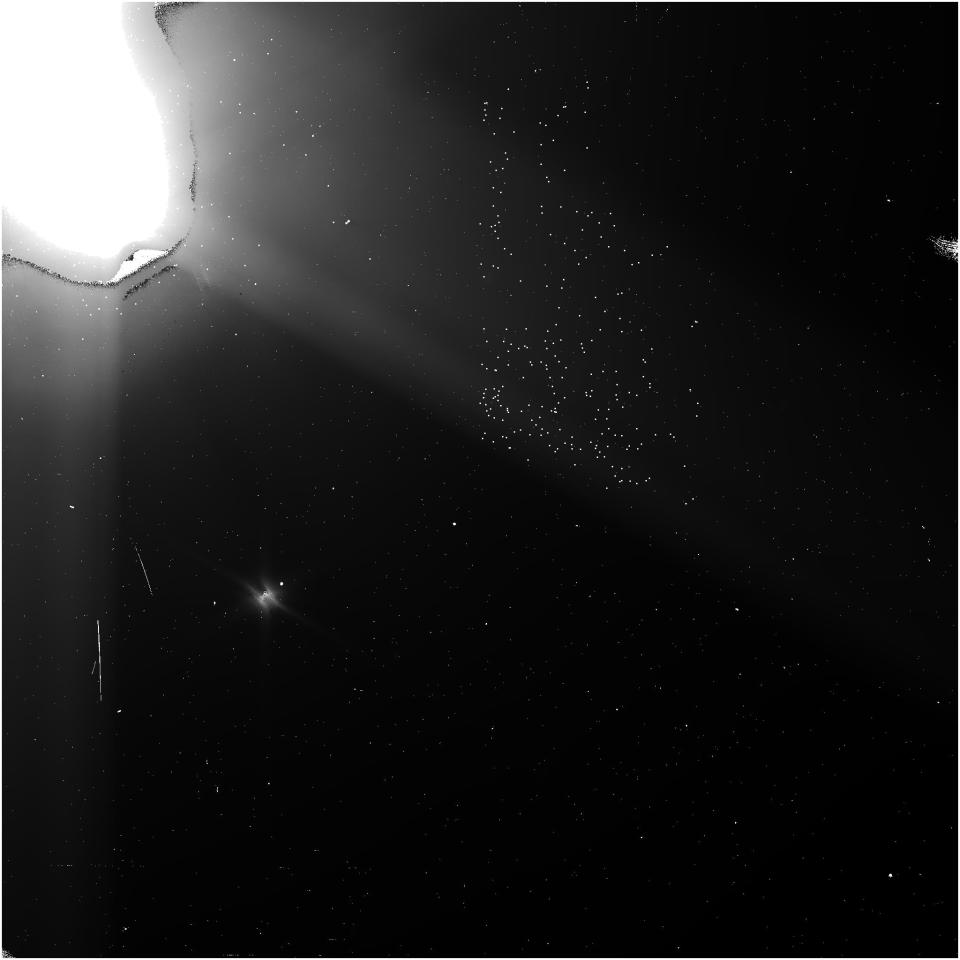Saturn looks incredible in these raw James Webb Space Telescope images (photos)

The James Webb Space Telescope has captured its first incredible images of the gas giant Saturn, but they aren't quite ready for the public yet.
The raw images of Saturn were revealed on the unofficial website JWST feed, which contains every piece of data collected by the powerful space telescope since it began operations in mid-2023.
Currently, the images of the ringed gas giant taken by the James Webb Space Telescope (JWST) between June 24 and June 25 exist as raw unprocessed black-and-white data. But even in this "unbaked" state, they hold the promise of stunning new views of the planet and its famous ring system. The raw images act as a tantalizing tease of what should be an incredible unprecedented look as Saturn after they are fully processed.
Related: Saturn: Everything you need to know about the sixth planet from the sun
"Like any modern telescope, the JWST does not take color images like a film camera would," the European Space Agency (ESA), which operates the telescope with NASA, said in an unrelated statement about how its images are produced. "The images that are beamed back to Earth are in black and white, and much more work is done on them after they are received to create the spectacular vistas we are familiar with. This processing is not just necessary to make them look good but also to highlight a variety of useful scientific information."
The ESA explained that the black-and-white exposures, or 'frames,' reflect the number of particles of light or photons that have fallen on the detector of one of its instruments, such as the Near Infrared Camera (NIRCam) and Mid-Infrared Instrument (MIRI).

A pixel collecting more light during the results is an efficient way of measuring the light collected with high accuracy, something the ESA said is critical for deriving scientific results from JWST data.
In these raw images of Saturn, which were captured by JWST's NIRCam, the second largest planet in the solar system is both seen as a glowing and fairly indistinct shape and as a clearer dark disk representing the planet with a bright band representing its ring system. The images were taken on behalf of a project led by University of Leicester astronomer Leigh Fletcher that aims to observe the entire Saturn system — its atmosphere, rings and numerous moons.

The JWST views the universe in infrared due to the fact that as light travels to it from distant and therefore early galaxies, its wavelength is "stretched," moving it down the electromagnetic spectrum — a phenomenon known as "redshift." This makes it the ideal instrument to allow astronomers to see deeper into the universe than ever before and also further back in time than previous instruments could.
RELATED STORIES:
— James Webb Space Telescope (JWST) — A complete guide
— James Webb Space Telescope could determine if nearby exoplanet is habitable
— James Webb Space Telescope spies on rocky TRAPPIST-1 exoplanet, finds bad news for life
Yet, as these raw images of Saturn illustrate, the space telescope has also been surprisingly effective at seeing objects within the solar system in unprecedented levels of detail.
This has included impressive views of the ice giant Uranus including its icy ring system and moons, images of Saturn's fellow gas giant Jupiter and its glowing aurora, and even a glimpse of a tiny dwarf planet at the edge of the solar system with its own strange ring system.
